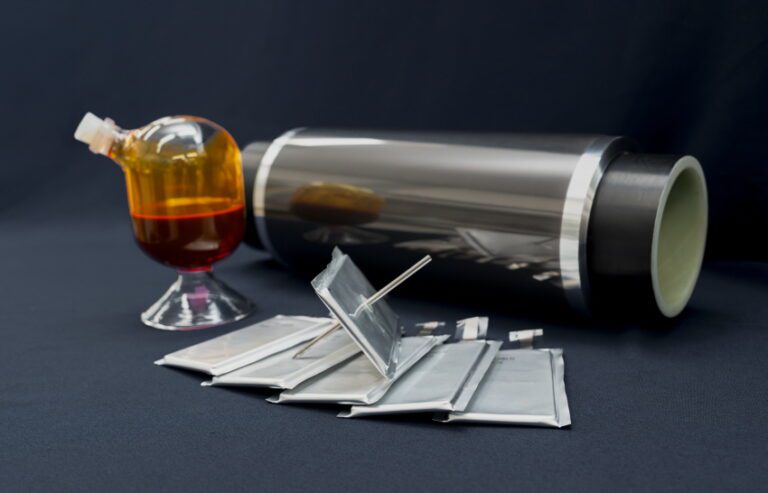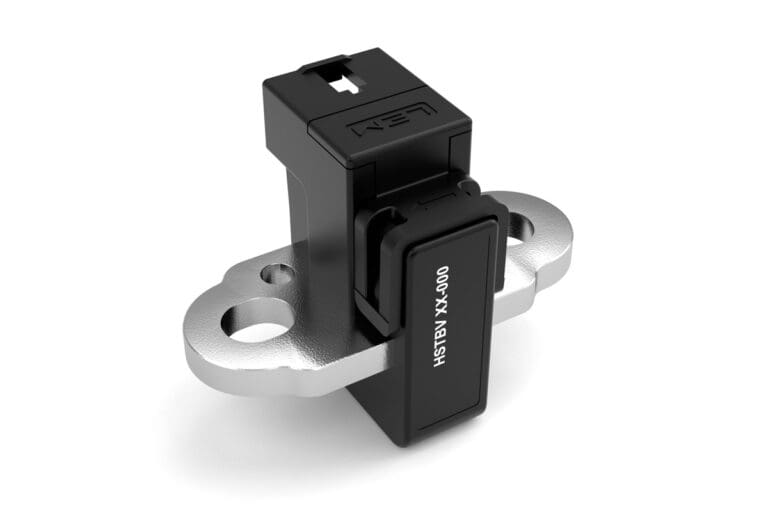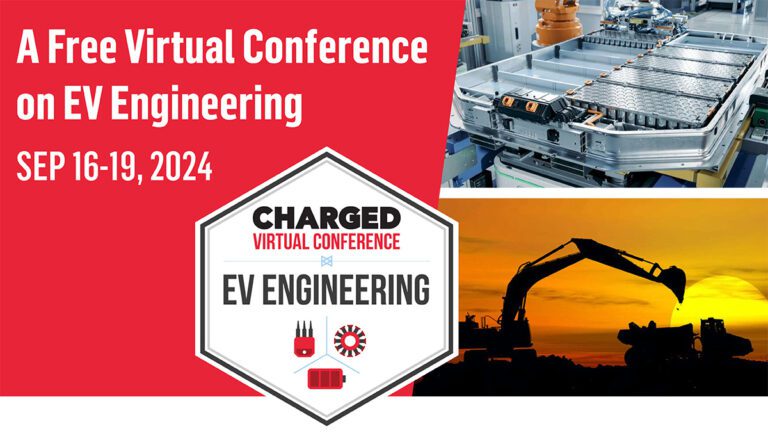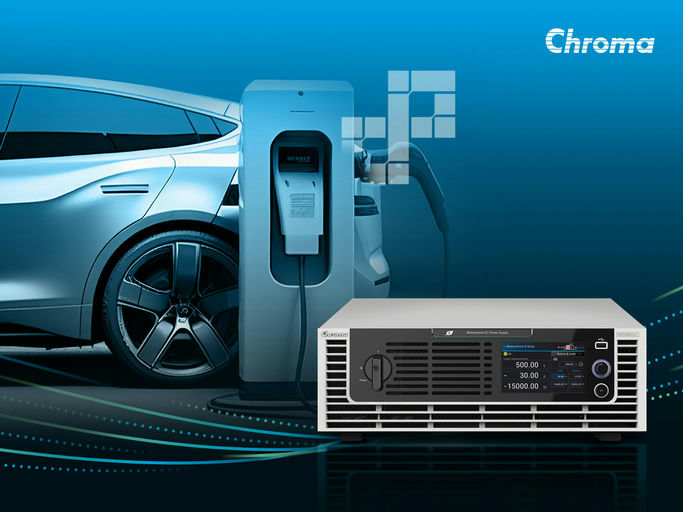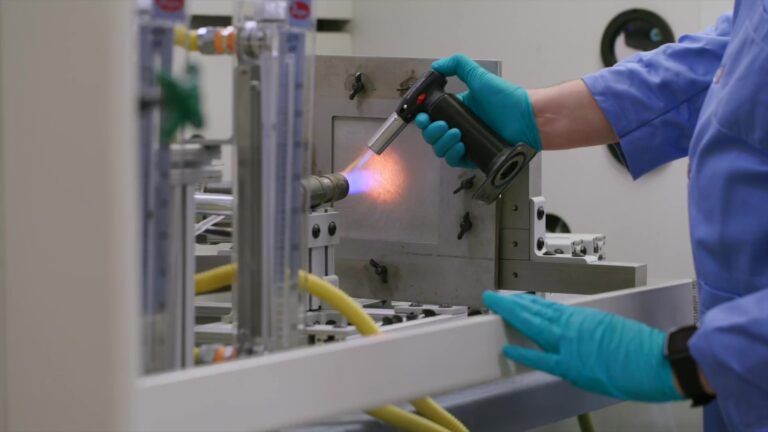US industrial technology manufacturing company Littelfuse has introduced its RCMP20 Residual Current Monitor Series for EV charging stations. The RCMP20 Series is designed to offer high performance and flexibility while supporting higher charging currents than alternative products on the market, according to the company. The monitors have a large current transformer (CT) aperture, while integrated… Read more »
Search Results Found For: "Battery venting"
LG Chem discovers material to suppress thermal runaway in batteries
South Korean chemical company LG Chem has published a paper in the scientific journal Nature Communications about the development of a temperature-responsive material capable of suppressing thermal runaway in lithium-ion batteries. The paper, “Thermal Runaway Prevention through Scalable Fabrication of Safety Reinforced Layer in Practical Li-ion Batteries,” reports on the work of the company’s Platform… Read more »
LEM unveils new sensor for accurate state of charge estimation in EVs
Electrical measurement technology company LEM has introduced a new single monitoring unit (SMU) sensor range to provide accurate state of charge (SOC) estimation for electric and hybrid vehicle technologies. The SMU continuously monitors such vehicle parameters as battery performance and safety systems. The sensor identifies anomalies and supports diagnostics, to help improve vehicle efficiency and… Read more »
Tuesday’s EV engineering webinar schedule: September 17th
This week Charged is hosting a virtual conference on EV engineering that’s free to attend. The conference includes live webinar sessions with interactive Q&As and on-demand webinars. View the daily session schedule online here. All of the live sessions will be recorded and available to view after the broadcasts. The recorded videos can be accessed on each session’s registration… Read more »
Boundary testing EV charging stations (Webinar)
Electric vehicle charging station manufacturers face a number of challenges, including connectivity issues, component problems, and incompatibility. How do you know if your DC charger can handle the boundary cases it may face in the field? Well, you test. However, testing has its own challenges. Along with testing the charging process and safety mechanisms, one… Read more »
Discover the future of EV measurement with the Power Analyzer PW8001
Sponsored by Hioki. A key challenge in developing Battery Electric Vehicles (BEVs) is extending the driving range through improved energy efficiency. Unlike fossil fuels, batteries have a lower energy density, necessitating large-capacity batteries to match the range of internal combustion engines, which inadvertently increases vehicle weight and decreases energy efficiency. Thus, there is a pressing… Read more »
Download Eaton’s 2024 eMobility technology guide
Sponsored by Eaton.Revolutionizing the journey to safe, reliable and efficient EVs In the fast-paced evolution of electric vehicle (EV) technology, it is important to expand what is considered with automotive safety. Eaton combines its automotive and commercial vehicle expertise with electrical insights to offer proven safety-focused technologies that reliably protect both people and EV systems…. Read more »
Under Fire: Reevaluating Torch and Grit Testing Parameters
Sponsored by Aspen Aerogels. The safety of Li-ion batteries relies on containing single-cell thermal runaway (TR) events so that they cannot propagate into adjacent cells, triggering a cascading failure. While the thermal energy released during a runaway event can take multiple pathways, the most significant are: The first can be controlled with high-performance insulation materials… Read more »
A twist in ultrasonic metal welding
Sponsored by Telsonic. Ultrasonic-based processes and EVs have much in common: efficiency, performance capability, reliability, connectivity, and eco-friendliness are among the essential characteristics that they both possess. The torsional ultrasonic welding procedure called SONIQTWIST® was developed by Telsonic AG in 2006 and quickly established itself as the joining procedure for a great variety of plastics… Read more »
Energy expert: Updated US Hydrogen Strategy is better, but still designed to prop up the fossil fuel industry
Michael Barnard writes on a wide variety of e-mobility and renewable energy topics. In a recent article for CleanTechnica, he discusses the latest edition of the US National Clean Hydrogen Strategy and Roadmap, a policy document that the DOE produces and updates periodically. Barnard’s piece is a detailed and highly technical discussion of a complex… Read more »








